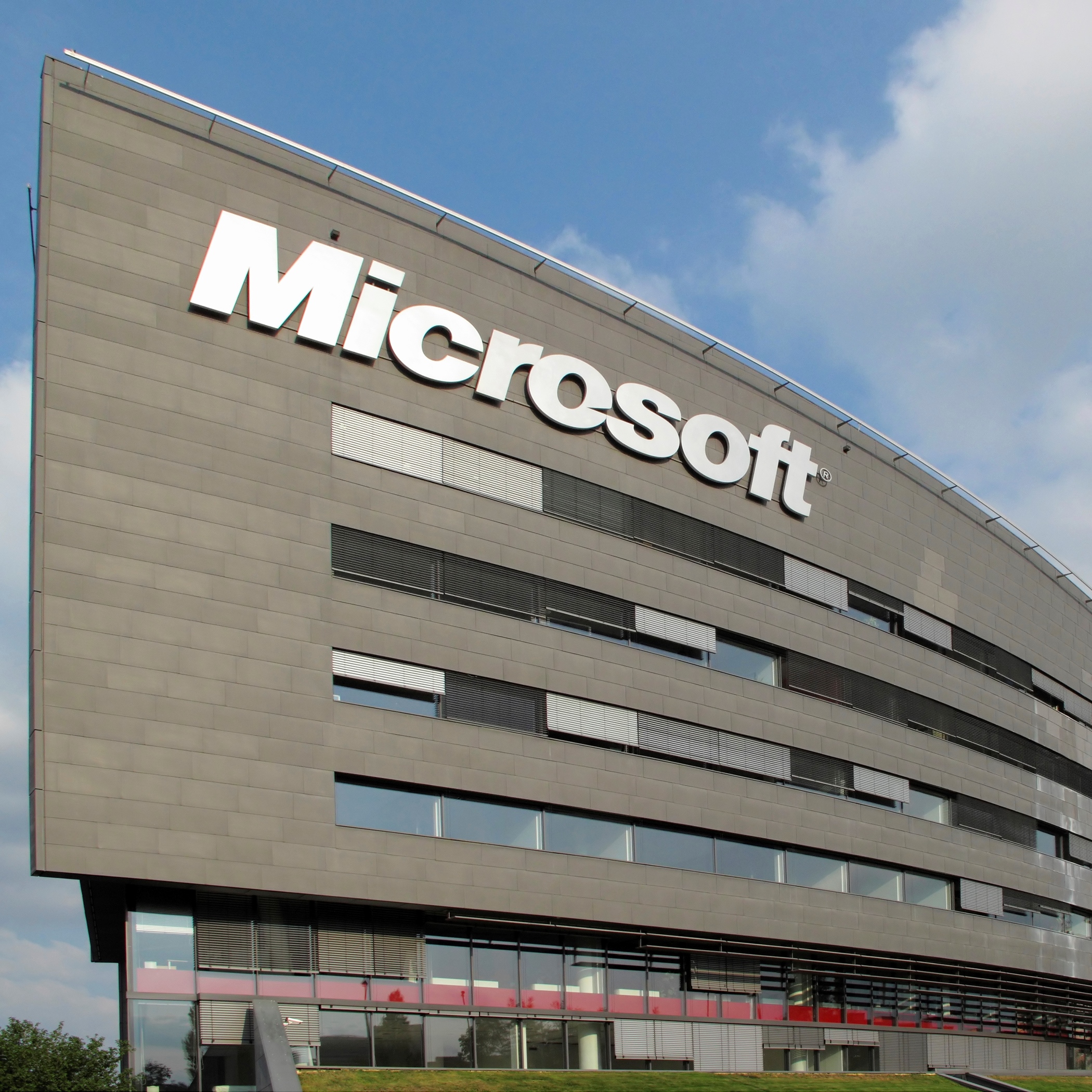Technology
How Analysts View LinkedIn After the Microsoft Buyout News

Published:
Last Updated:

Microsoft Corp. (NASDAQ: MSFT) announced early on Monday morning that it would acquire LinkedIn Corp. (NYSE: LNKD). The deal is an all-cash transaction valued at $26.2 billion, inclusive of LinkedIn’s net cash. LinkedIn shareholders will receive compensation of $196 per share in the deal.
This transaction represents a 49.5% premium to LinkedIn’s closing price of $131.08 on Friday. What needs to be considered here is beyond just the social media aspect. After the dust settled from the announcement, analysts piled into this massive deal issuing new calls. 24/7 Wall St. put together a montage of what analysts are saying about LinkedIn.
The acquisition is expected to have minimal dilution of roughly 1% to Microsoft’s earnings per share (EPS) for the remainder of fiscal year 2017 post-closing and for fiscal year 2018. Microsoft expects that it will become accretive to its EPS in fiscal year 2019 (or less than two years after closing).
LinkedIn will retain its own brand, as well as its own culture and independence. Jeff Weiner will remain CEO of LinkedIn, and he will report to Microsoft CEO Satya Nadella. Another win here, which was of course mandatory, is that Reid Hoffman, who is LinkedIn’s chairman of the board (as well as co-founder and controlling shareholder), fully supports the merger.
What will happen is that the top social media site for professionals will merge with the professional cloud after LinkedIn launches a new version of its mobile app targeted increased member engagement. As far as what else Microsoft will get, the effort is said to enhance the LinkedIn newsfeed to deliver better business insights. The LinkedIn acquisition of the online learning platform called Lynda.com was also referenced. LinkedIn also rolled out a new version of its Recruiter product to enterprise customers.
Monday’s press release showed the following year-over-year growth metrics for LinkedIn:
The transaction has been unanimously approved by the boards of directors of both LinkedIn and Microsoft. The deal is expected to close this calendar year and is subject to approval by LinkedIn’s shareholders, although this premium and a tight control should lead the deal to close without much interruption. Also noted in order to close were the satisfaction of certain regulatory approvals and other customary closing conditions.
Several analysts weighed in on LinkedIn following the announcement:
Shares of LinkedIn were trading at $191.82 on Tuesday, with a consensus analyst price target of $176.72 and a 52-week trading range of $98.25 to $258.39.
Microsoft was trading at $49.85. The consensus price target is $57.79, and the 52-week range is $39.72 to $56.85.
Thank you for reading! Have some feedback for us?
Contact the 24/7 Wall St. editorial team.